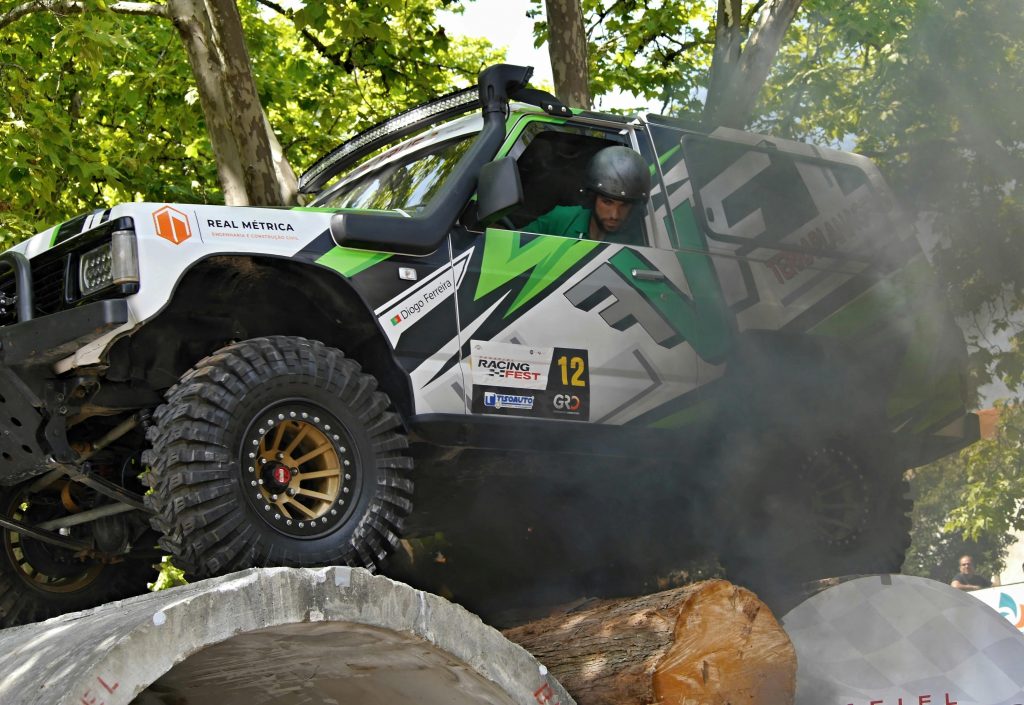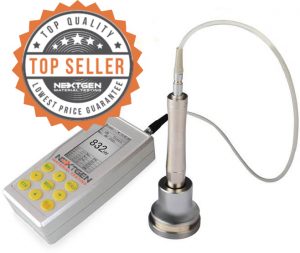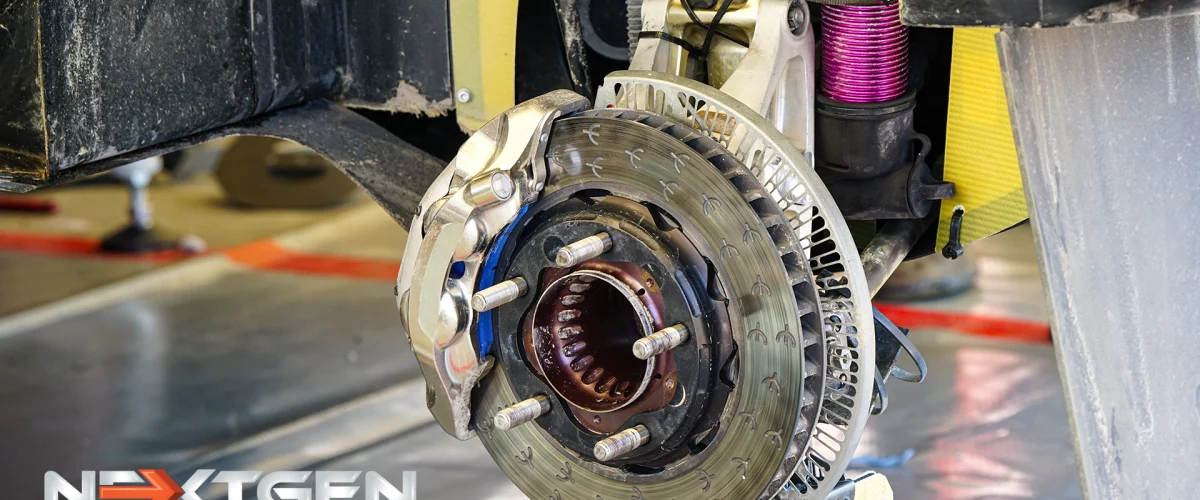Endurance racing is the ultimate test of human ingenuity and mechanical resilience. Events like the 24 Hours of Le Mans or the Nürburgring 24-hour race push vehicles to their limits, requiring them to maintain peak performance under relentless pressure. Unlike other forms of motorsport, endurance racing isn’t just about speed—it’s a marathon where durability, reliability, and efficiency take center stage.
Every component, from the engine to the tires, faces extreme conditions: high temperatures, continuous vibrations, and prolonged mechanical stress. A single failure can mean the difference between victory and defeat, or worse, put at risk safety. This is where material testing is crucial. By comprehensively evaluating the strength, durability, and reliability of materials, teams can be confident that their vehicles are ready to tackle the grueling demands of the race. It’s not just about preventing failures—it’s about engineering confidence and excellence in every part.
The Role of Material Testing in Racing
Material testing is the unsung hero of endurance racing. Behind every lap completed and every podium finish is an extensive process of testing and validation that guarantees each component can endure extreme stresses. In endurance racing, where vehicles can cover up to 5,000 kilometers in a single event, even the slightest material flaw can lead to catastrophic failure.
This process starts with selecting the right materials. Engineers use tensile, fatigue, and thermal tests to evaluate materials under conditions that replicate the intense heat, pressure, and wear experienced during a race. For example, pistons in high-performance engines endure temperatures exceeding 300°C, while bearings in drive trains must withstand both high loads and constant motion. Testing provides assurance that these components meet—and often exceed—the required performance thresholds.
Material testing doesn’t just stop at performance; it also plays a key role in safety. Advanced non-destructive testing methods, such as ultrasonic and X-ray inspections, are used to detect hidden flaws in critical components like suspension arms and brake calipers. These inspections make sure no weak point goes unnoticed, significantly reducing on-track failure risk.
Most Common Types of Material Testing in Racing

Among the many testing methods used to verify that materials can withstand stress, heat, and wear, 5 of the most common stand out: tensile testing, fatigue testing, thermal testing, non-destructive testing, and wear testing. Taking a closer look at each, we will see how they contribute to racing.
Tensile Testing
Tensile testing measures a material’s ability to withstand pulling forces. Components like suspension rods and chassis frames are subjected to these tests to determine their maximum load-bearing capacity and elasticity. In particular, titanium alloys often used in racing chassis show impressive tensile strength, providing both durability and weight reduction.
Fatigue Testing
Racing places components under repeated cyclic loads, from vibrations on the track to stress in the drivetrain. Fatigue testing simulates these conditions to evaluate how long a material can endure before failure. For example, gears in a high-performance transmission system are tested to survive over a million stress cycles, ensuring reliability throughout long-distance races.
Thermal Testing
Heat is a constant challenge in endurance racing, especially for engine and brake systems. Thermal testing assesses how materials perform under extreme temperatures and rapid thermal cycling. Ceramic brake discs, often used in endurance cars, undergo rigorous heat-resistance tests to verify that they can handle temperatures exceeding 1,000°C without warping or cracking.
Non-Destructive Testing (NDT)
Detecting flaws without damaging the component is crucial, especially for high-cost, critical parts. Ultrasonic testing is often used to inspect internal cracks in engine blocks, while X-ray inspections are performed for carbon fiber components to identify voids or imperfections. Audi’s endurance racing team relies on NDT to make sure their carbon fiber monocoques are flawless before hitting the track.
Wear Testing
Components like tires and bearings experience continuous friction during endurance races. Wear testing simulates these conditions, assuring that materials resist abrasion and maintain performance over thousands of kilometers. Michelin, for instance, subjects their endurance racing tires to aggressive wear simulations, enabling them to deliver consistent grip and durability throughout the race.
Factors That Influence Material Performance in Endurance Racing

Endurance racing subjects materials to extreme conditions, from mechanical stress to environmental challenges. These factors collectively determine whether a material can endure race demands or fail under pressure. Selecting and optimizing materials that will produce the best result requires a thorough understanding of these influences. The factors that determine material performance should be examined in further detail.
Material Properties
The intrinsic characteristics of a material, such as ultimate tensile strength (UTS), yield strength (YS), and grain size, are fundamental to its performance in endurance racing. High UTS guarantees that a material can handle significant loads without breaking, which is why it is an essential material for components like chassis frames. Yield strength allows materials to recover from deformation under repeated stress cycles, as seen in suspension systems. Additionally, fine grain structures in metals improve both strength and fatigue resistance, which is why forged materials are often preferred over cast alternatives in critical engine parts.
Environmental Conditions
External conditions during endurance racing, such as high temperatures and abrasive wear, have a profound impact on material performance. Engine and braking systems, for instance, often face elevated temperatures that compromise material integrity. Materials used in these areas must resist thermal degradation and maintain structural properties. Similarly, continuous friction between moving parts, like tires and road surfaces, demands excellent wear resistance. Advanced rubber compounds in racing tires provide both durability and grip over long distances.
Design and Manufacturing Processes
How a component is developed and manufactured significantly affects its racing performance. Additive manufacturing, such as 3D printing, allows custom designs that optimize material properties for specific applications. To illustrate, Ferrari’s titanium exhaust systems leverage 3D printing for precision and lightweight durability. Additionally, heat treatment processes like quenching and annealing strengthen materials, improving their toughness and resistance to wear and tear.
Advances in Material Science Impacting Endurance Racing
In recent years, advances in material science have significantly enhanced endurance racing, allowing vehicles to achieve unprecedented levels of performance and reliability. High-performance alloys have led to materials with superior strength-to-weight ratios, optimizing vehicle dynamics and efficiency. Similarly, innovations in composite materials, such as carbon fiber-reinforced polymers, have provided lightweight yet durable solutions, improving both speed and safety in racing. Additive manufacturing, or 3D printing, has further revolutionized the production process, allowing for quick prototyping and highly customized designs that were previously unattainable.
In parallel with material innovations, advancements in testing equipment have played a key role in making sure that materials meet the extreme demands of endurance racing. Modern testing machines, including advanced universal testing machines and fatigue testers, now simulate real-world stresses and strains with remarkable precision. These devices allow engineers to recreate the exact conditions components will face during a race, so that materials are thoroughly vetted for performance and durability.
Specialized devices, like wheel force transducers, have also emerged to measure dynamic forces acting on vehicles during races. These systems provide valuable information on tire performance, weight distribution, and vehicle dynamics, helping teams refine their strategies and optimize their setups. Combined with new thermal testing equipment capable of replicating extreme temperature fluctuations, these advancements provide a comprehensive understanding of material behavior under real-world racing conditions.
Cutting-Edge Solutions for Material Testing in Endurance Racing
At NextGen Material Testing, we specialize in providing state-of-the-art equipment for a broad spectrum of material testing needs. For years, we’ve been a trusted partner for industries that require precision and reliability in their testing processes. Whether you’re in endurance racing or another demanding field, we deliver top-notch solutions designed to meet the most demanding standards. If you’re searching for tools like ultrasonic hardness testers to enhance your testing capabilities, let us introduce you to one of our most popular and innovative products.
 The UH200 Ultrasonic Contact Impedance Hardness Tester is a portable, non-destructive testing solution designed to deliver precise and efficient hardness measurements. Compliant with globally recognized standards such as ASTM A1038 and DIN 50159-1, this tester guarantees that your testing processes meet strict quality benchmarks. Its advanced ultrasonic technology enables accurate evaluation of material hardness without leaving visible marks, making it an ideal tool for high-value components or surfaces requiring a flawless finish.
The UH200 Ultrasonic Contact Impedance Hardness Tester is a portable, non-destructive testing solution designed to deliver precise and efficient hardness measurements. Compliant with globally recognized standards such as ASTM A1038 and DIN 50159-1, this tester guarantees that your testing processes meet strict quality benchmarks. Its advanced ultrasonic technology enables accurate evaluation of material hardness without leaving visible marks, making it an ideal tool for high-value components or surfaces requiring a flawless finish.
Engineered for versatility, the UH200 excels at testing thin-walled structures, complex geometries, and surface-hardened layers, including carburized or nitrided coatings. Its wide measuring range (HV: 10–2980, HRC: 20–70, HB: 85–650) and exceptional accuracy (±3% HV, ±1.5 HRC) provide reliable results for multiple applications. The tool’s robust design, complete with rubber-protected housing and frost-resistant display, allows it to be used for both workshop and in-field use, even under challenging environmental conditions.
Additional features include a large LCD screen for easy data visualization, compatibility with PC software for detailed analysis, and storage capacity for up to 2,000 measurement records. With manual or motorized probes and an intuitive interface, the UH200 offers ease of use while maintaining unmatched precision.
The Future of Endurance Racing Relies on Material Testing
Endurance racing is more than just a test of speed—it is a testament to the strength, reliability, and ingenuity behind every component. Through extensive material testing, engineers make certain that vehicles not only survive the grueling conditions of a race but also perform at their peak. From tensile and fatigue testing to advanced techniques like non-destructive evaluation and wear testing, every aspect of a component’s performance is analyzed to guarantee its suitability for the track.
Innovations in material science, such as high-performance alloys, composite materials, and 3D printing, have further advanced the capabilities of endurance racing. These advancements, coupled with cutting-edge testing equipment that replicates real-world racing conditions, have set industry benchmarks for durability and efficiency. As the demands of endurance racing continue to evolve, the tools and processes used to prepare vehicles must continue to advance, maintaining competitive performance and safety of drivers and teams.
At NextGen, we are pleased to be a part of this evolving process. Our top-tier equipment, including solutions like the UH200 Ultrasonic Hardness Tester, is built to meet the rigorous demands of industries like endurance racing. If you’re searching for dependable, high-performance tools for your applications, we invite you to explore our full range of material testing equipment on our website.
Should you have any questions or need tailored solutions, please do not hesitate to contact us directly or request an online quote. Our team is ready to help you find the right equipment to meet your testing needs and help you achieve your success on and off the track
